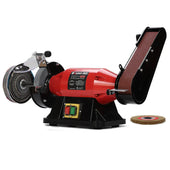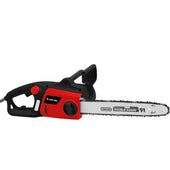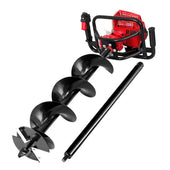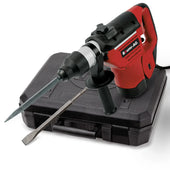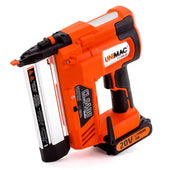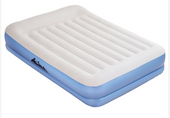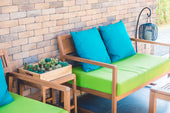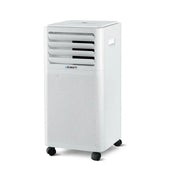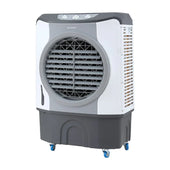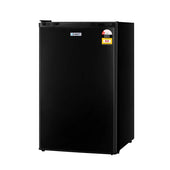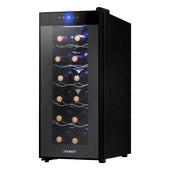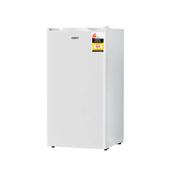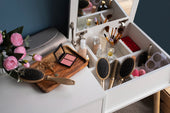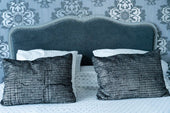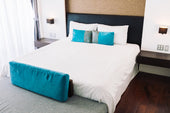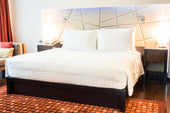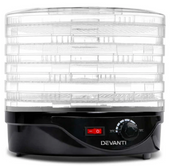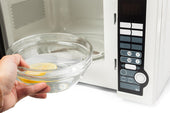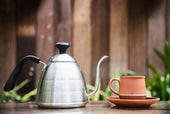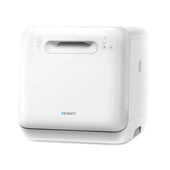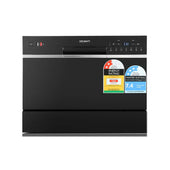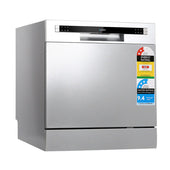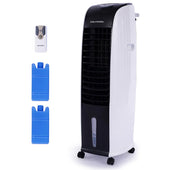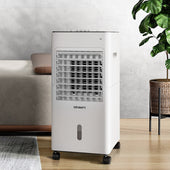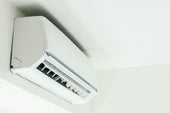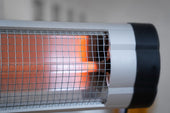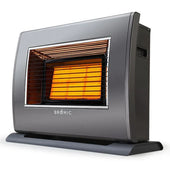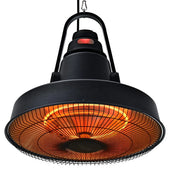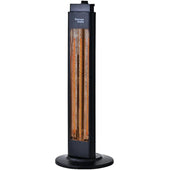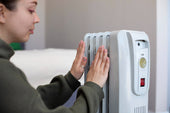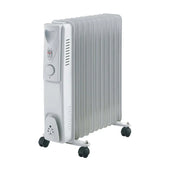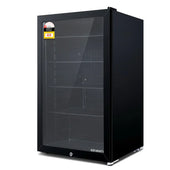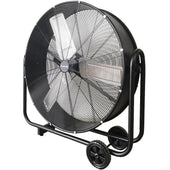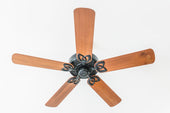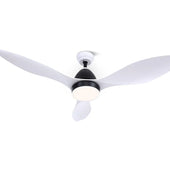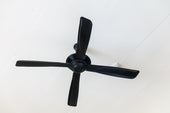Introduction: The Humble Beginnings of Coat Racks
Coat racks first emerged as practical fixtures during the early 19th century, addressing the need for organisation in entryways. As homes became central gathering spaces, storing outerwear neatly gained importance. Early designs were straightforward, featuring wooden or wrought iron pegs mounted on walls. These simple constructs prioritised functionality over aesthetics, catering to growing middle-class households.
The Victorian period saw the rise of hall trees—ornate, freestanding pieces integrating mirrors, storage compartments, and hooks. They reflected both the era’s elaborate décor trends and a societal emphasis on hospitality. Over time, coat racks evolved beyond necessity, becoming expressions of style and craftsmanship within interior design.
The Functionality of Victorian Hall Trees
Victorian hall trees served as multifunctional furniture pieces designed to enhance both organisation and utility within entryways, especially During Days when visitors frequently enter and exit. Their primary function was to provide visitors and homeowners with a space to hang coats, hats and umbrellas upon entering a home. These elegantly crafted pieces often included built-in mirrors, which allowed individuals to make last-minute adjustments to their appearance.
Storage compartments or drawers were frequently integrated into their design, useful for stowing gloves, keys, or other small items. Umbrella stands with drip trays, carved into the lower sections, safeguarded floors from moisture. Their ornate carvings and polished wood surfaces also added an element of décor, reflecting Victorian artisanship.
Design and Materials: Influences of the 19th Century
The coat racks of the 19th century, particularly the Victorian hall trees, epitomised the era's architectural grandeur and functional ingenuity. These designs were often characterised by intricate carvings, elaborate scrollwork, and finely detailed craftsmanship, reflecting the period’s appreciation for artistry. Materials commonly included solid woods such as oak, walnut, and mahogany, valued for their durability and rich finishes.
In addition to wooden elements, cast iron and brass were also utilised, introducing metallic flourishes that added to their visual appeal. The inclusion of elements like umbrella stands and mirrored accents underscored the multifaceted functionality. This synthesis of opulence and utility defined the evolution of conventional coat racks.
The Transition from Elegance to Practicality in the 20th Century
The 20th century marked a shift in coat rack design as societal preferences evolved. Moving away from ornate Victorian hall trees, emphasis was placed on functionality to cater to smaller homes and urban living. Materials transitioned from carved wood to metal, plastic, and composites, offering durability and affordability. Simplicity in form became a defining feature, reflecting the modernist focus on minimalism.
Key developments included:
- Wall-mounted options: Space-saving racks gained popularity in compact homes.
- Standalone designs: These diversified with sleeker silhouettes.
Mass production also allowed for widespread availability, ensuring accessibility across socioeconomic groups. This era prioritised practicality over decorative appeal.
Impact of Minimalist Movements on Coat Rack Designs
The minimalist movement reshaped coat rack designs by prioritising simplicity, function, and clean aesthetic lines. Traditional embellishments were abandoned in favour of sleek materials like metal, wood, and even acrylic, creating visually uncluttered forms. Designs often followed the principle of “less is more,” where practical utility took precedence over decorative excess.
Minimalism also inspired compact, wall-mounted options, catering to smaller living spaces. Neutral colour palettes and geometric shapes became defining elements, aligning with contemporary interiors. Many designs employed modularity for customisability, a hallmark of minimalist ideals. This shift emphasised sustainability, reducing resources in production and extending the lifecycle of these functional pieces.
Modern Innovations: A Blend of Aesthetics and Utility
Modern coat racks exemplify a harmonious fusion of design and functionality. Manufacturers increasingly favour minimalist styles, focusing on clean lines and geometric forms. Materials such as brushed metal, tempered glass, and recycled wood provide sophistication while aligning with sustainable practices. Space-saving designs, including wall-mounted racks and multi-purpose furniture, cater to urban living and smaller spaces.
Technological enhancements like adjustable hooks, modular sections, and integrated lighting elevate convenience. Smart coat racks equipped with sensors, allowing organisation via connected apps, represent the pinnacle of innovation. Through creative blending of artistic expression and practical use, modern coat racks redefine expectations while complementing contemporary interiors seamlessly.
Sustainability and Eco-Friendly Trends in Contemporary Coat Racks
Modern coat racks reflect growing consumer demand for sustainable and eco-friendly design. Many manufacturers now prioritise the use of renewable resources, such as bamboo and reclaimed wood, to reduce environmental impact. Metals like aluminium, which are more readily recyclable, have also gained popularity in contemporary designs.
Innovative processes include minimising waste through modular production techniques and enhancing coat rack longevity with durable materials. Designers are increasingly incorporating non-toxic finishes, ensuring safety and further reducing harmful chemicals.
Key trends:
- Upcycled Materials: Reusing industrial scrap or old furniture parts.
- Carbon-Neutral Manufacturing: Factories adopting renewable energy sources.
- Minimalist Spaces: Designs using less material to maintain functionality yet reduce waste.
These advancements appeal to eco-conscious consumers while reinforcing sustainable living practices.
Customisation and Modular Concepts in Today's Designs
Modern coat racks have evolved to incorporate customisation and modularity, catering to diverse consumer needs. Contemporary designs often feature adjustable components, allowing users to adapt the rack’s height and layout. Modular coat racks enable flexibility by offering interchangeable parts such as hooks, shelves, or panels, which can be reconfigured to fit various spaces or aesthetics.
The use of sleek materials like aluminium, tempered glass, or sustainably sourced wood aligns with design trends favouring minimalism. Personalisation options such as colour choices, engraving, and add-ons further enhance usability. These innovative approaches allow coat racks to integrate seamlessly into any interior setting, combining function and style effectively.
The Role of Technology: Smart Coat Racks for Modern Homes
Technology has redefined traditional home furnishings, and coat racks have not been spared this innovation. Smart coat racks combine functionality with advanced features, seamlessly integrating into modern lifestyles. These innovative devices often include motion sensors that illuminate hooks or racks when approached, ensuring visibility even in dim settings. Some models feature built-in weight sensors that send notifications if someone forgets their coat.
Connected to smart home ecosystems, many integrate voice assistants for ease of use. Additional features may include USB charging ports, built-in air purifiers to freshen garments, or Bluetooth speakers for added convenience. Their sleek, contemporary designs cater to both aesthetics and functionality.
Conclusion: The Future of Coat Racks in Changing Lifestyles
As lifestyles evolve, coat racks adapt to meet the needs of modern homes. The demand for multifunctional solutions is reshaping designs, with coat racks doubling as storage units or incorporating smart features. Sustainable materials are gaining traction as homeowners seek eco-friendly alternatives. Compact and minimalist designs are catering to smaller living spaces, reflecting urban trends. Emerging technologies, such as smart hooks or integrated charging stations, hint at the seamless blend of functionality and innovation. Coat racks now serve as aesthetic focal points in interiors, highlighting personal style while addressing practical needs. Their future mirrors society's shift toward adaptability and sustainability.



